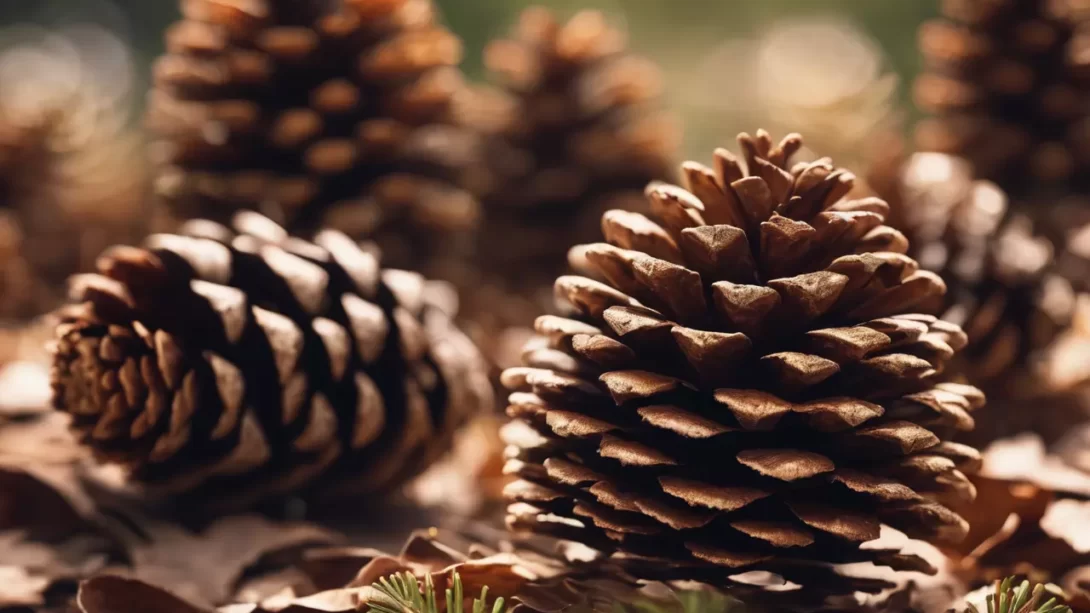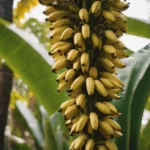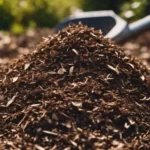Pine cones are more than just the woody, seed-bearing structures of pine trees; they play a crucial role in forest ecosystems. Often overlooked, these cones are a vital food source for a variety of animals. This article delves into the diverse range of wildlife that relies on pine cones, highlighting the interesting ways in which different species access and utilize these natural resources.
Birds That Feast on Pine Cones
One of the most fascinating aspects of forest life is how certain birds have adapted to feed on pine cones. Among these, Crossbills are particularly noteworthy. Their unique beak shape, which crosses at the tip, is perfectly adapted to pry open pine cone scales and extract the nutritious seeds hidden within. This remarkable adaptation demonstrates nature’s ingenuity in helping species thrive in specific niches.
Another group of birds well-known for their pine cone feeding habits are woodpeckers. With their strong beaks and persistent pecking, woodpeckers can break into pine cones to reach the seeds. Their ability to cling to the sides of trees and cones makes them adept at foraging among pine branches.
Nuthatches also play a role in this ecological interaction. These small birds use their sharp beaks to wedge into pine cones and extract seeds. Unlike woodpeckers, nuthatches can be seen moving headfirst down tree trunks as they search for food, demonstrating their unique approach to foraging.
Mammals and Pine Cones
When it comes to mammals, squirrels are perhaps the most iconic pine cone foragers. These agile creatures are often seen nibbling on pine cones, skillfully rotating them to access the seeds. Squirrels’ ability to climb and jump between trees makes them well-suited to this task, and they play a significant role in pine seed dispersal as they carry and stash pine cones for later consumption.
Chipmunks, too, contribute to the forest’s cycle of life through their interaction with pine cones. These small, striped mammals often gather pine cone seeds, aiding in their spread throughout the forest. Their cheek pouches allow them to transport seeds efficiently, playing a crucial role in the ecosystem.
Other small mammals like voles and mice also partake in eating pine cone seeds, although they are less conspicuous than squirrels and chipmunks. These rodents often feed on fallen seeds, contributing to the ground-level ecological processes in forested areas.
Larger Animals and Occasional Pine Cone Consumption
While small mammals and birds are the primary consumers of pine cones, larger animals occasionally partake as well. Deer, for example, sometimes eat pine cones, especially in harsh winter conditions when other food sources are scarce. This consumption is not a major part of their diet but highlights their adaptability in varied environmental conditions.
Bears are another example of larger animals that may feed on pine cones opportunistically. During times when their preferred foods are not abundant, bears may turn to pine cones as a source of nutrition. This is more common in regions where food scarcity prompts bears to broaden their dietary habits.
Insects That Depend on Pine Cones
Insects play a significant yet often overlooked role in the consumption of pine cones. Pine cone beetles, for example, have a life cycle deeply intertwined with pine cones. These beetles lay their eggs in pine cones, and their larvae feed on the cone tissues as they develop. This interaction is a classic example of a specialized ecological niche.
Moths and caterpillars also utilize pine cones in their life cycle. Certain species lay eggs in the cones, and the emerging caterpillars feed on the seeds and tissues. This not only provides a food source for the insects but also contributes to the natural process of pine cone decomposition and nutrient cycling in the forest.
The Ecological Role of Pine Cone Consumption
The consumption of pine cones by animals is not just a matter of feeding; it plays a significant role in forest ecology. Seed dispersal, facilitated by animals like squirrels and chipmunks, is crucial for the regeneration of pine forests. As these animals collect and store pine cones, they inadvertently plant seeds in various locations, aiding in the growth of new trees.
This process also helps balance the forest ecosystem. By consuming pine cones and their seeds, animals regulate the potential number of new pine trees, maintaining a level of balance within the forest. Additionally, the interactions between pine cones and various species contribute to the biodiversity and health of forest ecosystems, demonstrating the interconnectedness of nature.
Conclusion
The relationship between pine cones and the animals that feed on them is a complex and vital component of forest ecosystems. From the specialized beaks of crossbills to the opportunistic habits of bears, a variety of wildlife interacts with pine cones in unique and fascinating ways. This interaction not only provides essential sustenance for these animals but also plays a critical role in seed dispersal and forest regeneration.
Understanding the significance of pine cones in the diet of various animals sheds light on the intricate interdependencies within nature. It highlights the importance of conserving diverse habitats that support these dynamic ecological processes. In the grand tapestry of the forest, pine cones are not just simple seed carriers, but key players in a larger, interconnected ecological story.
By appreciating these relationships, we gain a deeper understanding of the natural world and the crucial role each species plays in maintaining the health and balance of our planet’s ecosystems. The humble pine cone, often seen as just a decorative item or a simple plant structure, is indeed a cornerstone in the complex web of forest life.



